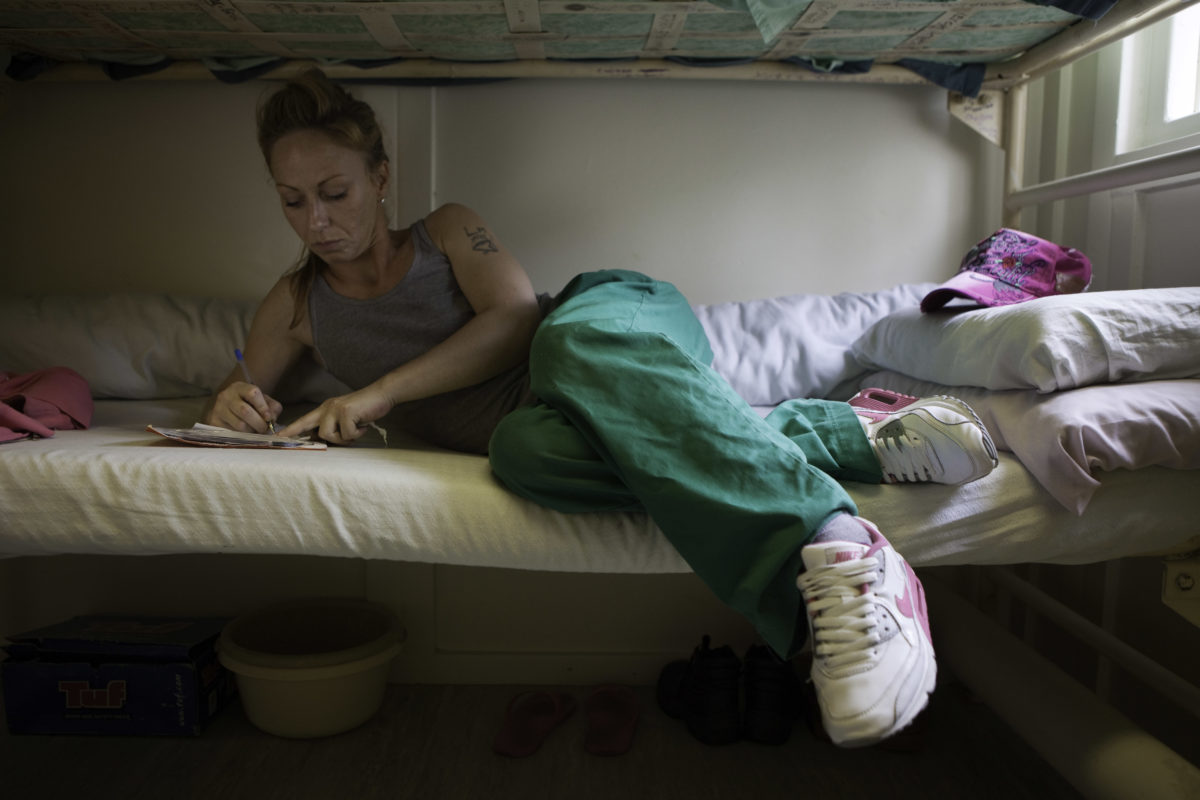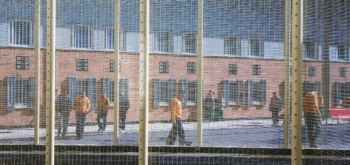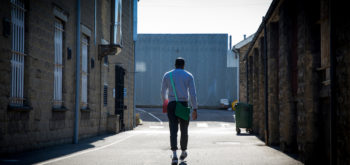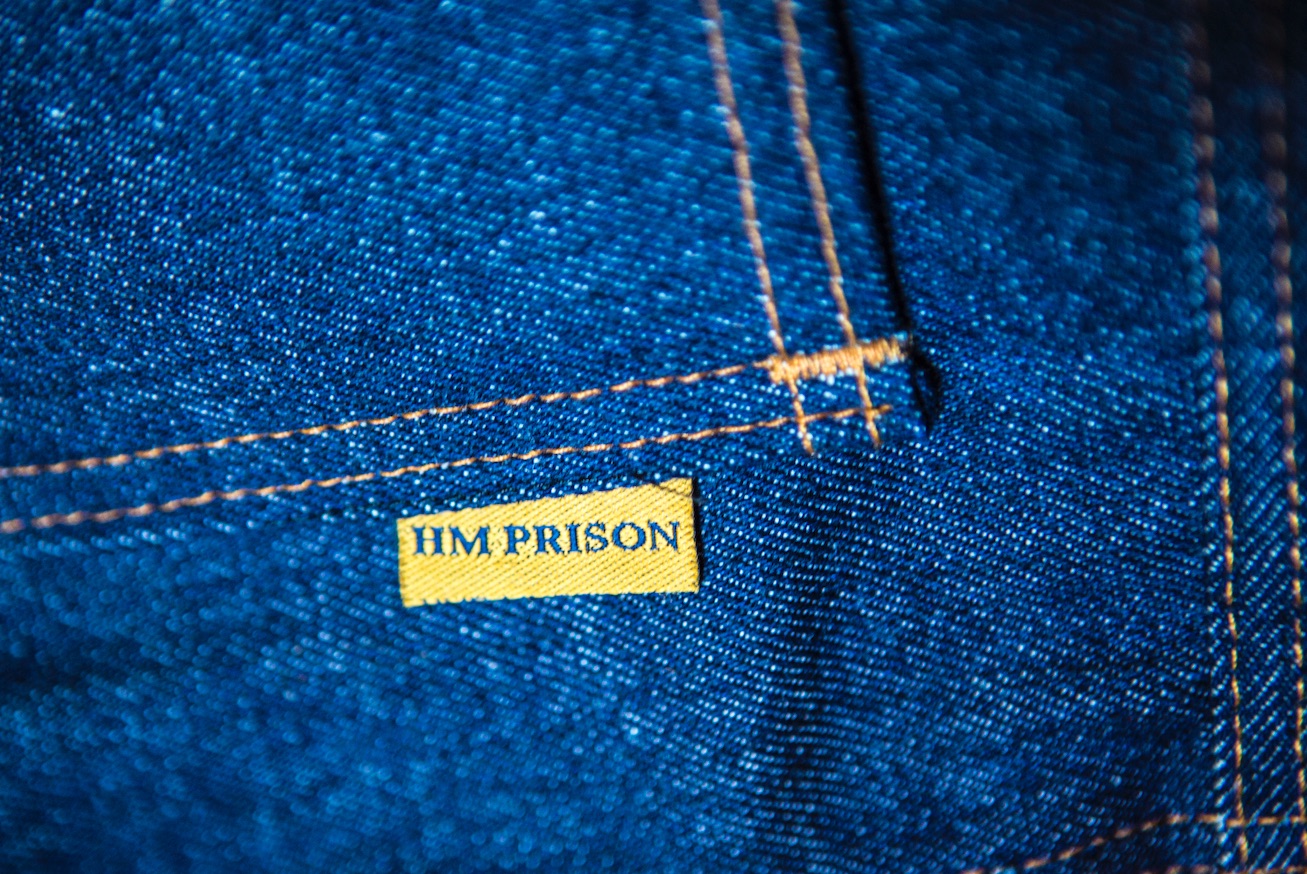Three things happened in February – an update on the Female Offender Strategy, planned new prison cells for women were announced, and HMP Inspectorate published a damning report on women’s prison HMP Eastwood. This is the text of a speech given by Rona Epstein to the Public Policy Exchange today
The government recently published its Female Offender Strategy Delivery Plan 2022-2025. It states:
‘Women in contact with the criminal justice system are amongst the most vulnerable in society. Many experience trauma, domestic abuse, mental health problems or have a history of alcohol and drug misuse.’
The document states that the government has these aims:
- Fewer women entering the justice system and reoffending. In some cases, a woman’s offending could have been prevented through earlier intervention, including through diversion from the criminal justice system (CJS) and into support.
- Fewer women serving short custodial sentences with a greater proportion managed successfully in the community.
The numbers of women in prison have gone down. There were 3,800 women in prison in June 2018; 3,200 in September 2021; 3,180 in September 2022; 3,130 in January 2023.
BUT More prison places are planned
Inside Time recently reported that the expansion of women’s prisons has taken another step forward with an application to build 103 extra places at Drake Hall, in Staffordshire. The Ministry of Justice is seeking planning permission to build four new houseblocks at the prison.
Three would be closed units, holding a total of 78 women, whilst one would offer open conditions, with 25 places. This follows expansion plans for two other women’s prisons unveiled in recent months, with 164 extra places proposed at HMP Send, in Surrey, and 50 at HMP Styal, in Cheshire.
In October 2022 the Ministry of Justice announced that it plans to build a total of 456 additional places at women’s prisons in England, of which 300 will be open places. As well as the three prisons mentioned above, expansion is also envisaged at Eastwood Park in Gloucestershire and Foston Hall in Derbyshire.
Why?
The Government says the £150 million expansion of the women’s estate is essential to cope with a projected rise in the number of women in custody. Forecasters at the Ministry of Justice have said the number of female prisoners is expected to rise by 40 per cent by the middle of this decade, due to the recruitment of additional police officers and longer sentences.
There are two questions to raise about the recruitment of more prison officers. The government says that 20,000 more prison officers will be recruited and trained. Is this realistic? We have recently learned just how poor the police recruitment system has been in the past, this has been on the news bulletins night after night. We are told recruiting to the police will now be better with effective and thorough vetting for this position of trust. If vetting is strengthened, as we all hope it will be, will 20,000 new officers, properly vetted and then properly trained enter the workforce? I am not the only person to wonder if this is fact, fiction or a dream.
If the large numbers of trainee police of the right quality do in fact enter the force in the next few years, here is another view. This should not result in more women in prison. It should lead to fewer women in prison. For several reasons.
Research has found that a major driver for women to enter the criminal justice system (CJS) is that they have been subjected to coercion and domestic abuse from violent male partners. The Prison Reform Trust has done a major report on women who offend.
There are strong links between women’s experience of domestic and sexual abuse and coercive relationships, and their offending. Women can become trapped in a vicious cycle of victimisation and criminal activity.
Some women affected by domestic abuse may be coerced into offending in distinct ways, including trafficked women, foreign nationals and those from minority ethnic and religious groups, as well as women with learning disabilities and difficulties.
The response of criminal justice agencies to women offenders affected by domestic abuse is key to breaking the cycle of victimisation and offending. Criminalisation, particularly imprisonment, compounds the problems of women affected by abuse.
Evidence suggests that where criminal justice agencies work with specialist women’s support services to build their knowledge and skills and share information, their responses to women offenders improve. Thus more police should lead to more protection for women from abusive partners and fewer women entering the CJS.
The second reason why more police, better trained police, should lead to fewer women in prison is because of the effectiveness of the liaison and diversion programmes run by many police forces. Early intervention and joined-up working are key: problem solving, whole systems approaches in some parts of the country are diverting vulnerable women from the CJS, reducing reoffending and improving outcomes. New Chance in Birmingham, for example, has proven effective in diverting women from the CJS. They offer support with housing, education, employment, addiction and mental health issues. It requires highly skilled personnel and it has been shown to work.
The reality: HMP Eastwood: appalling conditions in women’s prison
At the same time as the two items of news already discussed hit the news, the prison inspectorate reported on its inspection of HMP Eastwood in South Gloucestershire. At the time of the inspection, in October last year, Eastwood Park held 348 women and 83 per cent reported having mental health problems. The Inspectorate reported that acutely mentally ill women are being held in terrible conditions. Cells were described as ‘appalling, dilapidated and covered in graffiti, one was blood-splattered, and some had extensive scratches on the walls’, reflecting the degree of trauma experienced by previous women held in those cells. The Chief Inspector of Prisons Charlie Taylor said:
Some of the most vulnerable women across the prison estate were held in an environment wholly unsuitable for their therapeutic needs. The levels of distress we observed were appalling. No prisoner should be held in such terrible conditions.
The Inspectorate’s report concluded that the prison was fundamentally unequipped to support the women in its care, and leaders did not seem fully aware of the severity of the situation.
Sonya Ruparel, CEO of Women in Prison, commented:
‘This is the second report in less than a year showing prisons cannot keep women safe, and that most women in prison should not be there… These high levels of despair and distress are all too familiar in women’s prisons across the country. This cannot continue.’
In February 2022 the prison inspectorate report on HMP Foston Hall expressed serious concern at the high rate of self-harm and vulnerability and a troubling high level of violence among prisoners. The use of force by officers had doubled since the last inspection.
So what makes sense?
- Invest in Women’s Centres: A new report by Women in Prison shows that Women’s Centres generate a nearly triple return on public investment, by keeping women out of prison and easing demand for other services, but that nearly half of Women’s Centres are concerned about their survival. New modelling shows that an example Women’s Centre receiving £1m in a given year can support over 650 women and generate £2.75m in public sector savings, while providing a lifeline for vital services and significantly improving wellbeing for women and their children. Women’s Centres are services by women for women and provide support under one roof to address the root causes of offending including mental ill health, debt, domestic abuse and homelessness. Read the report here
- Invest in diversion: Diversion schemes operate in many areas of the UK and have been found to be highly successful in keeping women out of prison. Checkpoint Plus, for example, operates in Surrey. At the point of arrest women are diverted from the traditional criminal justice route and supported to address their crime and the root causes of their offending. The support provided includes sessions around key pathways to offending including mental health needs, substance misuse and domestic abuse. During 2018/19, 79% of the women supported by the service had experienced or were experiencing domestic abuse, 72% had a mental health concern and 69% were using drugs and/or alcohol.
- Invest in non-punitive residential facilities: Trevi works in Plymouth with women who have been in and out of the CJS, who have issues with addiction, and who are pregnant or have a baby. In a totally non-punitive, supportive and caring environment working with peer mentors who have all experienced addiction, anti-social behaviour and abuse, the women heal, grow, learn how to care for themselves, each other and their babies and how to support others. The work done there is effective, evaluations have found time after time.
We should all support and work with Women in Prison, the Prison Reform Trust and the Howard League for Penal Reform. They advocate for fewer women in prison, more support for women at risk of offending, more focus on Women’s Centres and on what they achieve. We should campaign to end short sentences for women. If an offence is so minor that it merits a sentence of 2 weeks or 2 months, why is that person in a prison?
The law is set out in S.230 (2) of the Sentencing Act 2020: imprisonment is a last resort to be used only when an offence was so serious that neither a fine alone nor a community sentence can be justified for the offence. Note the words ‘so serious’. A short sentence cannot be given for a serious offence. Let’s go back to basics and reserve imprisonment for serious offences, and end the use of short sentences which are imposed for less serious offences. There are alternatives to custody: the courts should use them. The state should invest in good community alternatives: the probation service, so gravely damaged by the ill-thought-out privatisation of 2015, liaison and diversion programmes, and the Women’s Centres which are crucial to the life chances of women who are or may become in conflict with the law.
What next? We can all campaign to halt the programme of building new prison cells for women. It is unproductive and harmful planning for women, for families, for communities, for us all. We can join others working for change and a new direction: a better and more just system is possible and we can all work together to put it in place.







